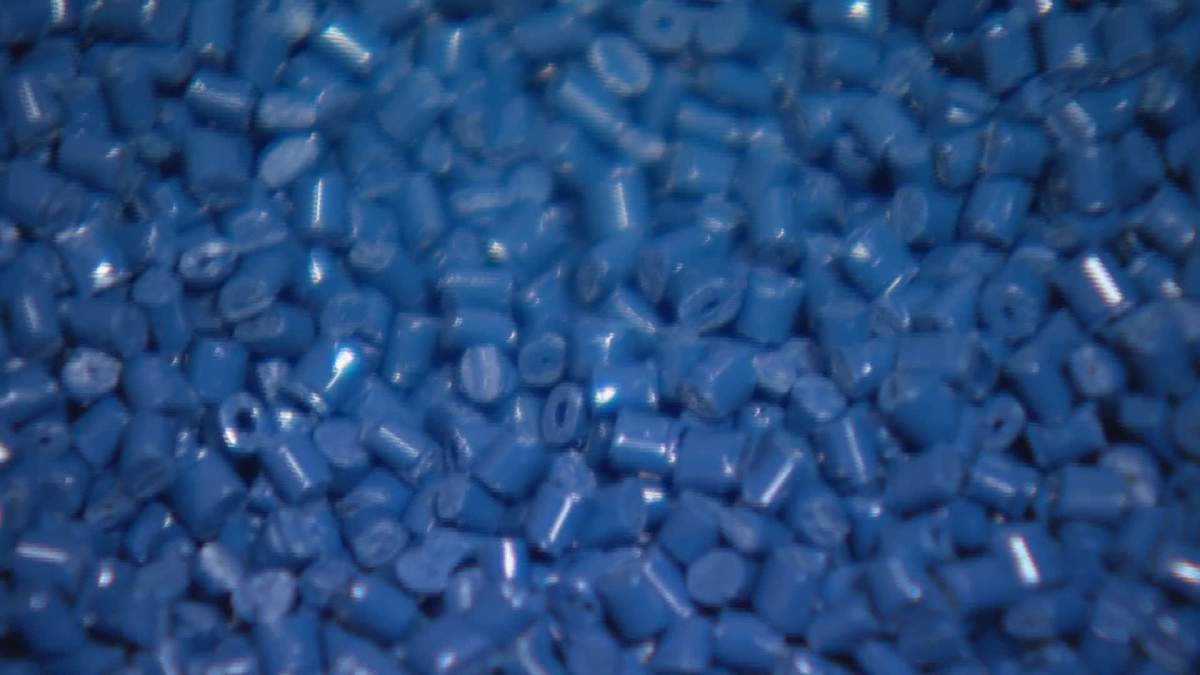A high-tech silver cylinder currently located in a basement on the University of Regina campus could someday soon make its way far above ground.

After more than two years of design and months of construction, a team of undergrad students has completed a mockup prototype of an airlock, a pressure-sealed compartment which could one day be used, in this case, to help humans adapt to life on the surface of Mars.
“It is designed to be a bridge between two environments. The habitat that humans will live in and the hostile Martian environment,” said Celestial Labs team member Anwit Adhikari, who said a human trip to the Red Planet might not be that far off.
The airlock’s design is made up of four major subcomponents: a mylar-based fabric, 3D-printed discs made up of replaceable parts, and special ventilation and electronics systems designed by the team.

Get breaking National news
“The air on Mars is different in every way imaginable. The pressure is different. The temperature is very low. It has charged particles. So we have to heat, pressurize and filter the air with as small of a volume as possible,” Adhikari said.
Design on the airlock started in 2019 when the University of British Columbia’s Mars Colony engineering team launched the Project Airlock Challenge.
The nationwide contest challenged students to “design and prototype sustainable habitation for colonies without atmospheres.”
Teams from nearly 20 Canadian schools signed up for the competition, which was broken down into a design phase and a prototype phase.
The University of Regina team, made up of students from campus, won both. The second victory came this past August.
Engineering student Samuel Reddekop joined Celestial Labs after a team member overheard him discussing 3D printers with a fellow student.
“I’m really proud of our team that we could actually, you know, get this far. That we have this mockup of the airlock together we were actually able to build, and it looks very promising that we’ll be able to build a functioning prototype,” Reddekop said.
With the competition now complete, the team has turned its focus on finishing the mock-up into a working prototype to debut to the aerospace industry.
They hope to accomplish that in the coming months.
“I’m really proud of our team that we could actually, you know, get this far. That we have this mock up of the airlock together we were actually able to build, and it looks very promising that we’ll be able to build a functioning prototype,” Adhikari said.








Comments